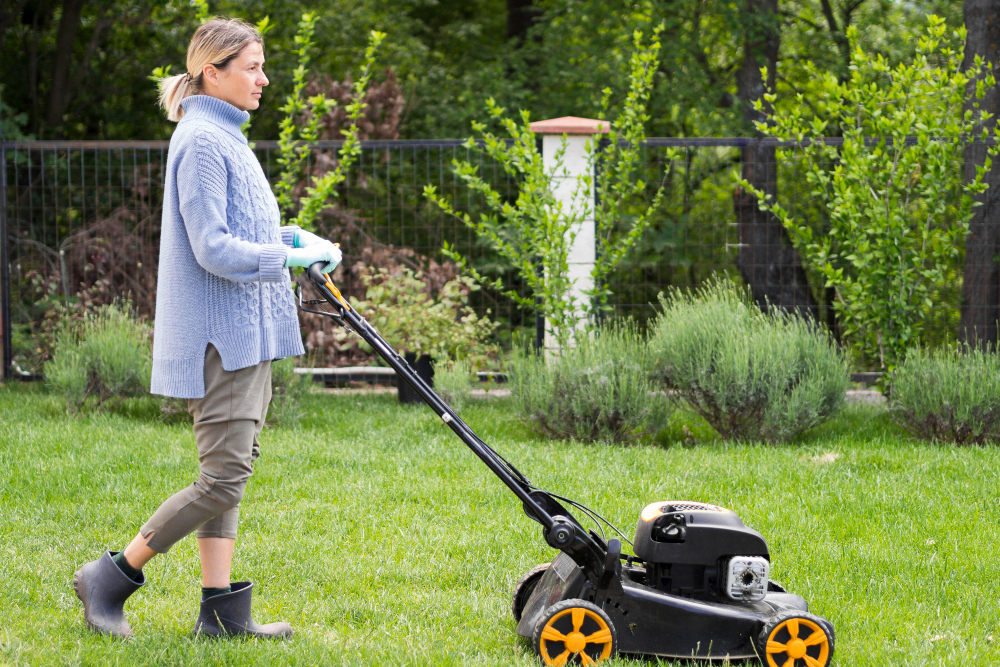How Soon Can I Mow My New Sod? A Comprehensive Guide

Laying new sod is a quick way to achieve a beautiful lawn, but it requires careful maintenance to establish successfully. One common question many homeowners have is, "How soon can I mow my new sod?" Mowing too soon can damage the young grass, while waiting too long can hinder its proper establishment. This blog post provides a comprehensive guide to help you determine the best time to mow your new sod, ensuring it grows healthy and vibrant.
Understanding Sod Establishment
Before you reach for the lawnmower, it's crucial to understand the sod establishment process. When new sod is laid, its roots are yet to anchor deeply into the soil beneath. This initial period is critical for the sod's survival and long-term health, as the roots need time to grow and establish a solid foundation. Watering plays a pivotal role during this phase, keeping the sod moist but not waterlogged.
The Right Time to Mow
Typically, new sod should be ready for its first mow within 3 to 4 weeks after installation. However, this timeline can vary based on factors such as sod type, weather conditions, and how well the sod is taking root. To test if your sod is ready for mowing, gently tug on the grass. If it feels firmly anchored in the ground and does not lift easily, it's likely safe to mow.
Mowing Tips for New Sod
When it's time to mow your new sod, follow these tips to avoid damaging the grass:
- Wait for Dry Conditions: Mow when the sod is dry to prevent tearing or pulling up the grass.
- Set the Right Height: Keep your mower blade high to avoid cutting the grass too short. Aim to remove only the top third of the grass blades. Cutting it too short can stress the young plants and hinder root development.
- Keep Blades Sharp: Dull mower blades can tear the grass rather than cut it cleanly, increasing the risk of disease. Ensure your mower blades are sharp before mowing new sod.
- Clippings: Consider leaving the grass clippings on the lawn after the first few mows to provide additional nutrients, unless the clippings are too thick and smother the grass.
Aftercare Following the First Mow
Continued care after the first mow is essential for your new sod's development. Keep watering the sod deeply and less frequently to encourage deep root growth. Monitor the sod for any signs of stress or disease and adjust your lawn care practices accordingly.
When to Seek Professional Help
If you're unsure about the right care for your new sod or if you notice any issues with its growth, seeking professional help is a wise choice. For residents in and around Orlando, FL, From The Ground Up Landscaping offers expert sod installation and maintenance services. Our team of experienced sod contractors can provide you with personalized advice and free estimates to ensure your lawn remains healthy and beautiful.
Conclusion
Mowing new sod too early can jeopardize its establishment, while waiting too long can lead to other issues. By understanding the sod's rooting process and following the proper mowing and aftercare practices, you can ensure your new lawn thrives. Remember, patience and proper care are key during the initial weeks following sod installation.
For those looking for professional sod installation and care in Orlando, FL, From The Ground Up Landscaping is here to help. Our team of skilled sod contractors in Orlando, FL is committed to providing top-quality service and advice to keep your lawn looking its best. Contact us today for free estimates and expert guidance on your sod and landscaping needs.